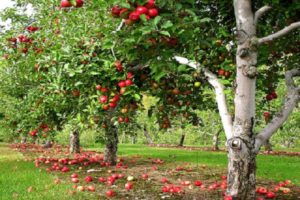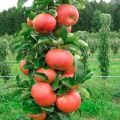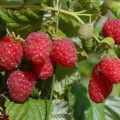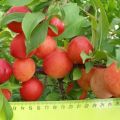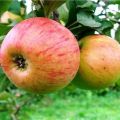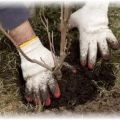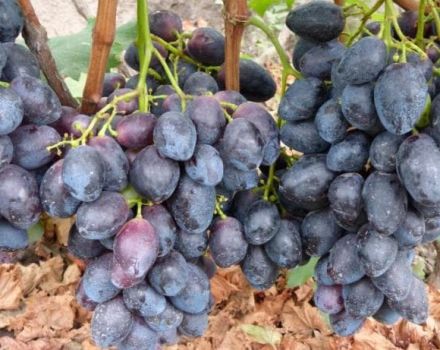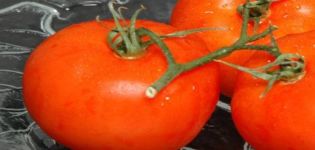Planting and caring for an apple tree in Siberia, cultivation features and the best varieties
When growing apple trees in Siberia, it is important to take into account the degree of frost resistance and the height of the tree. Given the harsh climatic conditions, where temperatures drop below -35 degrees, plants should be planted not only with high immunity, but also with a sufficient level of winter hardiness.
In addition, it is better to choose undersized varieties that are less prone to cold and frost.
Characteristics of apple trees for Siberia
To get not only a qualitative, but also a quantitative harvest in Siberia, an apple tree must meet the following criteria:
- quickly adapt to growing conditions;
- form a strong root system;
- recover as soon as possible after illness;
- withstand severe frosts.
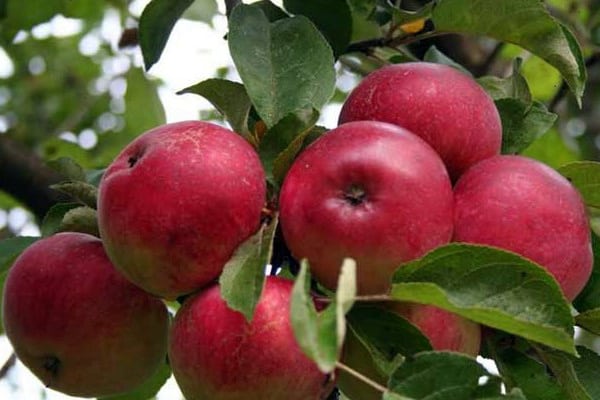
There are three groups of plants, divided according to the degree of winter hardiness:
- Highly winter-resistant, capable of withstanding negative temperatures of 40 degrees. The varieties are positioned as fairly productive with small apples. The harvest ripens mainly in autumn, the fruits are suitable for fresh consumption and for preparation of preparations.
- Medium-hardy, which differ in average fruit size, excellent taste and the ability to withstand temperatures within -35 degrees.
- Weakly hardy, plants can only resist low temperatures down to -25 degrees. Apples attract attention for their large size.
Growing features
Since the weather conditions in Siberia are unstable, temperature regimes often change, and the lack of light and heat has a detrimental effect on fruit crops. Plants after planting in the ground cannot quickly take root due to the cold weather, they often freeze and get sick. Apple varieties should be grown in Siberia with strong immunity and a high degree of resistance to adverse environmental factors.
It is more efficient to plant zoned varieties.
Among the most suitable options in the Siberian assortment are:
- Ranetki. The varieties are bred through a hybridization process using wild Siberian apple and cultivated plants. This group of garden plantings is distinguished by excellent winter hardiness, productivity, but their fruits are small, weighing 8-10 g. Taste is tart, sour. Apples are often used for technological processing. Cultivated in bush and bush-like forms.
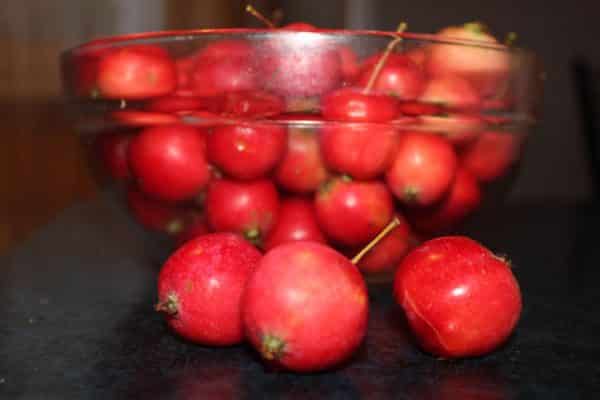
- Semi-cultural. In the intermediate group, which was bred by crossing large-fruited European varieties with ranetki. Fruit weight is 20-80 g, taste and market characteristics are excellent. Fruit crops of this type have a reduced degree of frost resistance and productivity.It is found mainly in the stlate-bush form.
- Large-fruited. This group of cultivated varieties has high commercial and taste characteristics, poorly tolerates frost. They are grown in a creeping form; additional shelter is required for protection from low temperatures.
In order for plants to grow and develop normally in Siberian conditions, it is necessary to know how to plant correctly, what care measures they need.

Planting and grooming tips
In each climatic zone, planting and caring for fruit crops has its own characteristics, the knowledge of which allows you to create the most comfortable conditions for them.
Landing dates
Spring is not the best time for planting apple trees in Siberia, it is best, as experienced gardeners say, to plant in the fall. Among the positive aspects of the autumn planting of fruit crops are noted:
- rapid rooting of young trees;
- the bark and buds have time to ripen, and the already prepared plant leaves in winter;
- the root system formed for winter is able to more effectively provide the crown with moisture and increase the degree of frost resistance;
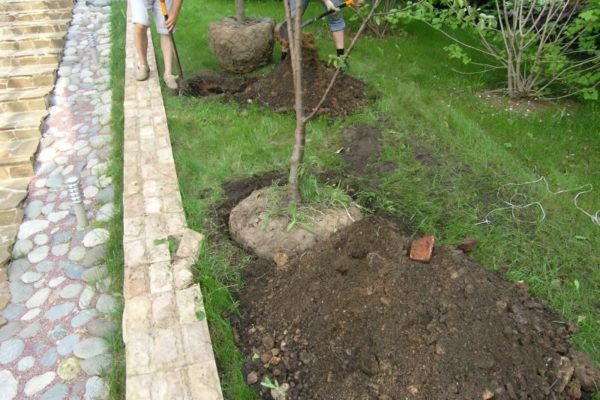
- in the spring, mature plants come out of dormancy earlier and grow faster, in contrast to planting apple trees in spring;
- due to the full growing season, young trees are safely prepared for next winter and are more likely to survive it, while spring planting plants during an unfavorable summer season are at risk of not tolerating frost.
For information! If you plant summer varieties of apple trees, then the harvest is harvested in July, but it cannot be stored for a long time. Autumn varieties reach their removable maturity closer to mid-September, the shelf life of the fruits is over two months.
Site selection
For planting apple trees in a harsh climate, it is recommended to choose a well-lit area protected from through winds. If there is a shortage of sunlight, then the plants will not be able to fully develop and give a high-quality harvest. In addition, at the landing site, groundwater should not be close to the surface of the earth, at least 2.5 m before its occurrence.
Training
Apple trees react very sharply to depleted and heavy soil types. For them, it is preferable to choose areas with fertile soil that is good for moisture and air. If the soil is acidic, it is recommended to use nitrate to neutralize it.
To avoid stagnation of moisture, drainage should be laid in the planting pit in the form of fine gravel, brick battle.
Clay soil also has a detrimental effect on apple trees; it is better to mix it with river sand and nutrient mixtures. Thanks to this, it is possible to cultivate such soils. Loamy soils are considered ideal for fruit crops, where it will only be necessary to periodically add fertilizers to increase their frost resistance and the degree of resistance to diseases.
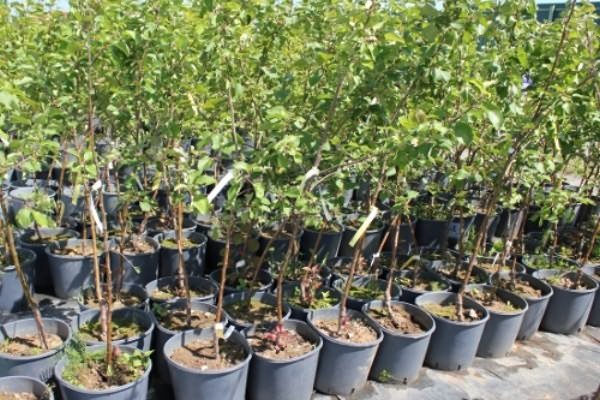
Landing scheme
The seat should be prepared in advance, one month in advance. Dimensions: 60-65 cm high and 70 cm wide. To plant an apple tree, you must:
- dig a hole;
- mix the extracted soil with peat, humus, compost or a complex mineral composition;
- form a hill in the form of a hillock from fertile soil;
- place a seedling and spread its roots;
- sprinkle gently with earth and tamp lightly;
- water;
- mulch with organic composition.
For information! To support a young tree, a vertical support up to 5 cm thick is installed in the planting pit; at least 40 cm of a peg should rise above ground level.
Care Tips
For quick rooting and adaptation, the planted plant should be properly looked after:
- remove weeds near plantings;
- add mulch to the trunk circle;
- watering;
- do pruning;
- it is necessary to apply fertilizer mixtures only 3-4 years after planting.
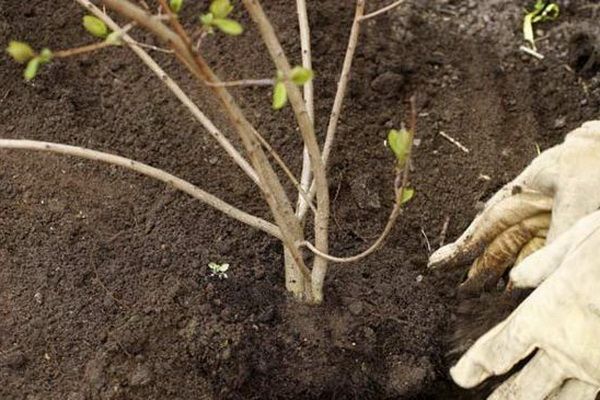
Diseases
In order to prevent the development of diseases dangerous for apple trees, it is recommended not to neglect preventive measures. In addition, it is necessary to fight against pests, which are often the source of the appearance of diseases.
The best varieties of Siberian apple trees
Frost-resistant and hardy varieties that are optimal for difficult climates include:
- Gornoaltaiskoe;
- Altai souvenir;
- Ermakovskoe mountain;
- Bayan.
A properly selected variety is the key to a bountiful harvest.
